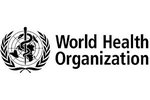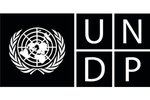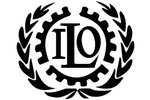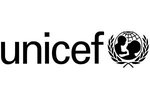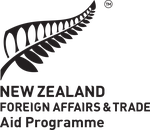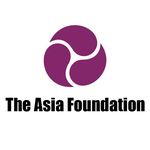Let’s talk about malnutrition
Zero hunger is only part of the story. What we need is collective action.
Starving children, struggling parents and communities of despair. These images aren’t new to us. It’s how malnutrition — specifically, undernutrition — has been depicted in the media for decades.
The dominant narrative is this: children are going hungry, and they need help to survive.
This is a devastating problem in some parts of the world. But in others, it’s not. Despite high rates of undernutrition, families aren’t always desperate for food and children still play together on grassy plains and run amok through brick houses.
Evidence tells a different story: not everyone who faces undernutrition is underfed.
In Timor-Leste where we work, despite progress in recent decades, 50% of children suffer from stunting — one of the highest rates in the world. Stunting occurs when a child’s height is very low for their age, a result of chronic undernutrition over time. But it’s not just a problem of height — it’s a problem of child development, manifesting in cognitive challenges and constraining human potential.
Governments, NGOs and individuals have been attempting to eradicate malnutrition in the developing world for decades. There’s a good reason for that. It’s one of the single biggest indicators of poverty, and it’s an intergenerational cycle that puts both current and future children at a disadvantage. It affects families, communities and nations at large.
The complexity of these outcomes is compounded by its multiple causes — which may or may not include hunger at all. In Timor-Leste’s case, stunting is also caused by lack of access to clean water, adolescent girls leaving school early, and limited dietary diversity causing inadequate nutrition for young women, mothers and children.
The first 1,000 days of a child’s life are a crucial window of opportunity. During this time, we can set up the circumstances for a child to be strong and healthy through adequate nutrition, sanitation, caregiving practices and personal hygiene.
If that window closes without action, a child is more likely to face a lifetime of educational barriers, limited earning potential and an increased risk of chronic diseases such as hypertension and diabetes.
The problem extends even further. It’s estimated that nations lose a small percentage of GDP each year due to lower productivity and additional barriers that come from malnutrition, such as limited schooling and cognitive capacity.
Given such a complex relationship with other global issues like poverty and national development, how can we break the cycle of malnutrition?
Global evidence tells us that to do it, we need concurrent action to address malnutrition’s causes at ALL levels — from weakened immune responses, to lack of access to nutritious foods, to limited education for girls and young women. And by doing that, we can build human capital and fuel economic growth for generations to come.
It seems impossible, but it’s not. Research from across the globe tells us what we need to do. It’s up to us to find the ‘how’ through well-evidenced, collaborative programs that can make a real impact to reduce stunting.
. . . . . .
Single-sector approaches don’t work. So what next?
At Hamutuk, we know short-sighted methods can’t work for long-standing problems. We need real, collective, multi-sector action. To achieve that, we’re learning from the past and finding innovative ways to integrate research, behaviour change methodologies and new technologies. Our strategies include building relationships across sectors, creating capacity for different sectors to tackle malnutrition, sharing information creatively, and building family data profiles that help us understand what messages they need to receive for their kids to get the best start to life.
The behaviours we’re working with the community to change include:
And we’re staying true to what evidence tells us by expanding our focus to additional behaviours, such as ending open defecation and making sure women of reproductive age get adequate nutrition.
It’s a complex challenge — but a necessary one in order for kids to stop suffering the intergenerational consequences of a poor head start, and for communities and nations to flourish. It’s time to broaden perspectives, programs and partnerships, so we can reflect the global evidence that tells us we need to work together.
That’s why we have many partners, and one goal.
. . . . . .
The Hamutuk program is funded by the Australian Government via innovationXchange — and it’s delivered in partnership with the Australian Embassy Dili, the Australia Timor-Leste Partnership for Human Development, and M&E House.
Check out more at www.hamutuk.tl and www.catalpa.io.


